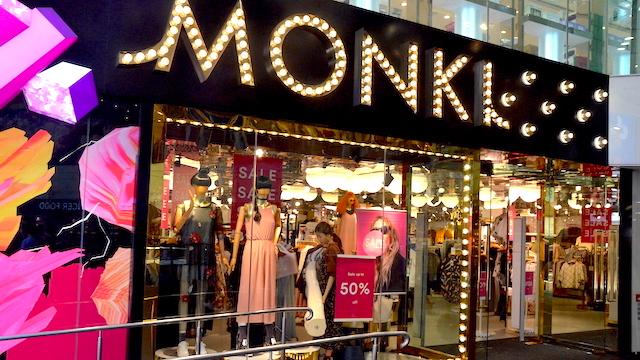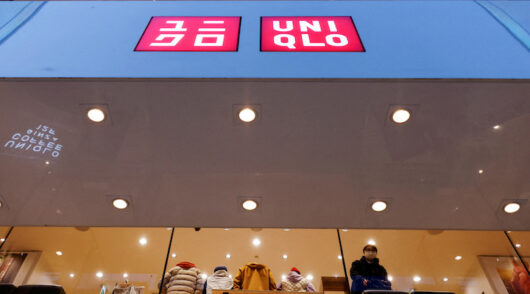Hong Kong could be on the cusp of a boutique renaissance as shoppers seek freshness and variety while retailers encourage online shopping, which means they need less space for inventory.
Hong Kong’s shopping and retailing dynamic has revolved around megamalls, podium spaces and the flagship stores that have come with them for decades. Now, a boutique renaissance could be on the horizon.
Small is perceived as beautiful and also trendy, as over the past few years shopping, good dining and travel have been redefined by the cultural movers and shakers who are the millennials, their post-millennial brethren, generation Z or Linksters, as well as the ultra-wealthy and everyone in between.
The influence of the internet, the Internet of Things and online retailing have had a larger impact than simply drawing shoppers away from brick-and-mortar stores, a pattern perhaps first realised in music retailing.
Illegal as it may have been at first, Napster and its fully licensed offspring Deezer, iTunes and Spotify proved that beyond convenience, such services offered consumers that most valuable of commodities: choice.
As is the case with online music, retailers, landlords and shopping centres are bending to consumer demand for choice, something best provided by smaller shops, and more of them. Summertime research by Savills in the UK has found that London’s prime Oxford Street was dominated by small shops half a century ago, then lost 50 outlets to international retailers with their larger flagship stores in the 1990s. But during the past few years, the street has seen a surge in demand for smaller spaces, on the heels of rising rents and rates as well as shifting consumer demand.
This move to smaller outlets and greater variety is becoming commonplace everywhere from London to Tokyo, New York, and even Hong Kong.
Multiple shops
Admittedly, Hong Kong is a bit of an outlier to the trend, not surprising given the dearth of traditional street shopping in the city and the current standard of retailers having multiple small shops in key districts.
When fast-fashion brand Abercrombie & Fitch called it a day not long ago, it didn’t fail because of its product; its fatal error was relying on a single, expensive flagship store in Central rather than two smaller flagships, say in Causeway Bay and Tsim Sha Tsui, plus a string of smaller stores in Kowloon Tong, Mong Kok, Shatin, Taikoo and so on.
Also, with Mainland Chinese tourist spending on luxury brands still at low ebb and unlikely to bounce back to previous highs, landlords again have to be creative. First came experiential shopping.
Now it’s about variety, or the “dimsumming” of retailing: a lot of different things in smaller packages.
There is a great deal of benefit in downsizing retail spaces, for shop owners, brands and consumers.
For landlords, breaking down shops into smaller spaces first and foremost means a higher per-area rental rate. But it also means infusing a mall with the sort of variety and freshness that attracts shoppers, and allows for tenant experimentation plus the opportunity to sample new independent brands.
One of the most popular routes to this experimentation, particularly in malls, is with pop-up shops and temporary kiosks. Those have been (or are) particularly effective in locations such as Harbour City, IFC and Pacific Place, where brands such as audio gear Devialet, men’s label Hypebeast and jeweller Pomellato have found short-term success in small spaces. Central’s IFC has been aggressive in its drive to break larger shops into smaller ones, lately welcoming brands like watchmaker Daniel Wellington into the fold.
Silver lining
Despite the sheer volume of retailing already in the city, a queue of international and regional brands have still not had a chance to break into the Hong Kong market until now – one of the silver linings in the retailing cloud of the past few years. Landlords still have the whip hand, and rents can be prohibitive. However, falling street rents have attracted certain types of products, mainly independent fashion. Stretches of Wellington Street and lower Wyndham Street in Central, pockets of Causeway Bay and the previously food-heavy Star Street are all showing a renewed interested in small retail spaces.
For less risk-averse brands, malls are repositioning themselves as financially feasible options with their overall efficiency and lower service charges. But this approach is fast becoming redundant as digital platforms remould the role of the physical shop. Retailers are embracing the concept of keeping space-gobbing inventory to a minimum and encouraging shoppers to buy online. Grana has embraced street shopping at its Hollywood Road showroom, mall shopping at its Wong Chuk Hang location, and has popped up in Brooklyn and Causeway Bay.
Of course, shoppers are the biggest winners with the influx of new brands and products, greater choice and the excitement of an ever-changing retail environment, but landlords and retailers will benefit in the long run. No shopping centre wants to risk being without a cinema and a Muji or Zara equivalent to drive traffic. Burberry, H&M and Kate Spade will always have a place, but in the coming years it could shrink so as to make room for the likes of Acne Studios and Daniel Wellington.
And that is what keeps Hong Kong being recognised as a shopping paradise.






